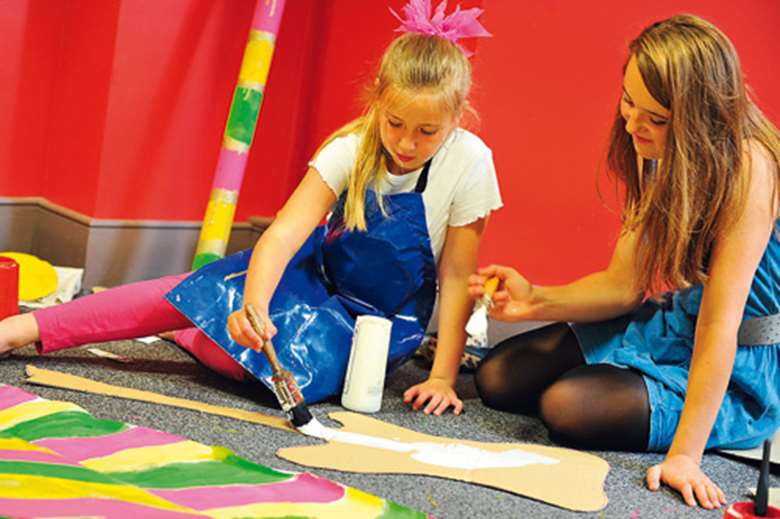Good Practice: How museums in Norfolk are reaching out to looked-after children
Monday, August 8, 2011
A museum programme is helping vulnerable young people gain confidence, self-knowledge social skills

Funding Funding for the project includes about £15,000 a year from external sources including Renaissance and Aimhigher
Purpose To give looked-after young people access to positive activities to boost their wellbeing and aspirations, and support carers
Background Norfolk County Council was striving to improve services and support for looked-after children and young people. Meanwhile, Norfolk Museums and Archaeology Service was looking for ways to use its resources to best effect, including reaching young people at risk of social exclusion. So the museums service teamed up with both the council's education and attainment team for looked-after children, and fostering team, to develop a range of programmes.
Action The service is now in its third year of running a week-long summer school for looked-after young people. Participants do a range of stimulating activities linked to museum displays including drama, dance, art and film-making. This summer, 20 young people aged 10 to 14 took part. The service has also previously run a drama-based summer school for young people leaving care and each year runs a series of after-school clubs.
Other initiatives include foster family days where there are activities specially laid on for foster children, their carers and birth children. Children's services staff also come along. "It's a chance for them to meet families in a more informal setting," explains the museums service's head of learning development Katrina Siliprandi. The service also offers art therapy days for foster carers.
Crucially, the service offers free admission to all looked-after children, care leavers, foster carers and their birth children and social workers or support workers taking children out. The scheme is a simple, low-cost idea, which is very popular, says Siliprandi.
Outcome The scheme generated about 600 museum visits last year. In addition, 400 people came on foster family days and 70 children took part in more intensive work such as summer schools.
A recent evaluation of museum-based activities with looked-after children in the east of England from 2010 to 2011, commissioned by the Renaissance East of England Museum Hub, found that young people gained consistent benefits in terms of "confidence, self-knowledge and identity, social skills, cultural capital and learning". These outcomes were both reliable and sustainable, concluded the report, which also said the work was very cost-effective. Some young people have come back as peer mentors.
"Children's service managers say the scheme helps keep placements together," adds Siliprandi. "Summer holidays in particular can be a difficult time."
If you think your project or programme is worthy of inclusion, email supporting data to ravi.chandiramani@haymarket.com




